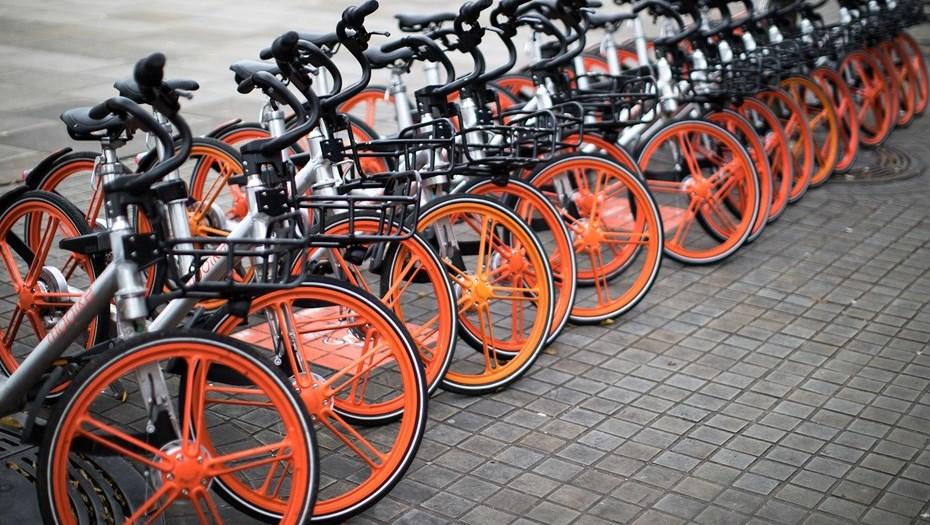Approaches to Urban Mobility
- Public Transportation Networks: Utilizes buses, trains, and subways for structured routes. Offers a communal solution for moving across urban landscapes, often following fixed schedules and dedicated lanes.
- Ride-Sharing Platforms: Provides on-demand vehicle access via mobile applications. Connects users with nearby drivers, offering personalized point-to-point journeys for varying schedules and destinations.
- Personal Light Mobility: Encompasses bicycles, electric scooters, and compact personal devices. These offer independence and direct routes, ideal for shorter distances and navigating congested areas with agility.
Evaluation Criteria for Mobility Options
- Operational Expense: Assess recurring outlays associated with each method, including fares, subscription models, or energy consumption, for long-term economic implications.
- Adaptability & Reach: Evaluate how well each option accommodates spontaneous changes in plans or reaches diverse locations, especially those less serviced by primary routes.
- Environmental Impact: Consider the ecological footprint of each mobility choice, focusing on emissions and resource usage, aligning with sustainable urban living objectives.
- Convenience & Comfort: Examine ease of access, waiting times, and overall user experience, including factors like personal space and protection from elements.
Comparative Analysis of Urban Mobility Solutions
Public transportation offers lower per-trip costs for regular commuters. However, fixed routes and schedules limit adaptability for spontaneous travel or reaching less central destinations. Users must plan around network availability.
It is a sustainable choice due to high passenger capacity, reducing individual vehicle emissions. However, transfers, waiting times, and variable comfort can impact overall convenience.
Ride-sharing platforms typically present higher per-trip costs, especially during peak times. Their strength is unparalleled adaptability, offering door-to-door service precisely when needed, regardless of fixed routes.
Offering significant convenience and personalized comfort, its environmental footprint can be higher per passenger than mass transit. Each journey is direct, reducing travel time and user effort.
Initial acquisition might be a consideration, but operational outlays are minimal (charging, upkeep). It provides supreme adaptability for short to medium distances, allowing users to navigate directly and avoid traffic.
It offers a very low environmental impact, especially for electric variants, promoting active travel. However, convenience is weather-dependent, and carrying capacity is limited for longer journeys.
Strategic Recommendations for Urban Travel
For those prioritizing consistent economy and predictable travel within well-defined urban corridors, public transportation networks are often the most practical choice. They suit daily commuting where time flexibility is less critical.
When immediate availability and direct, personalized journeys are paramount, particularly for irregular schedules or reaching specific points efficiently, ride-sharing platforms offer a superior solution for time-sensitive travel.
Individuals seeking independence, active movement, and minimal environmental impact for shorter city excursions will find personal light mobility highly suitable. They provide agility and a refreshing way to experience urban environments.
PetalPropelypt suggests optimal urban navigation often combines approaches. Evaluating your specific journey requirements—distance, urgency, budget, and environmental considerations—will guide the most effective choice.


Leave a Reply